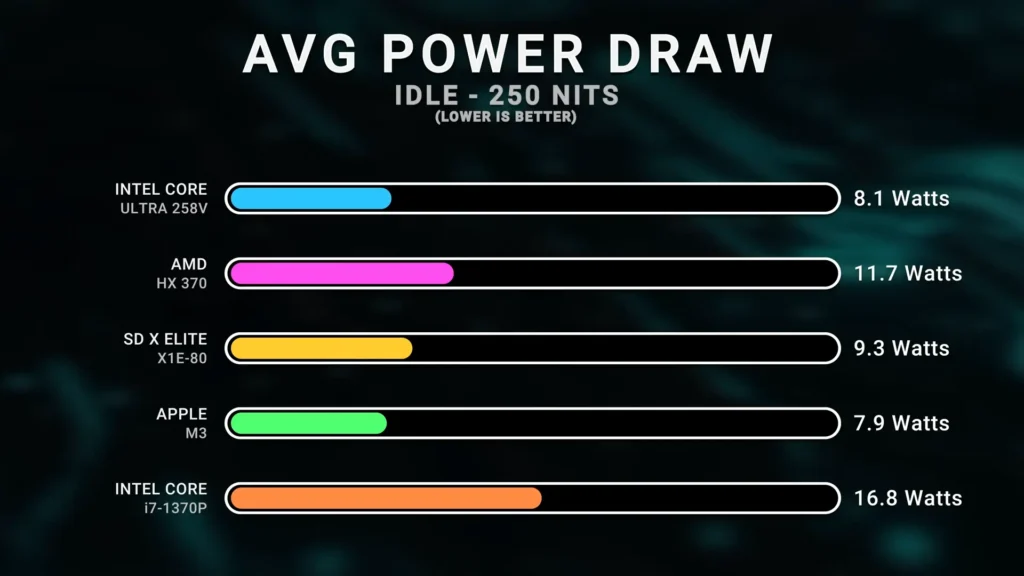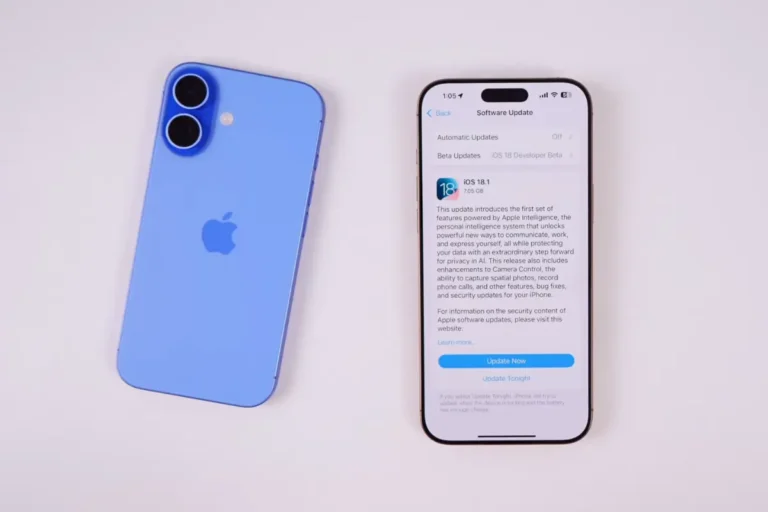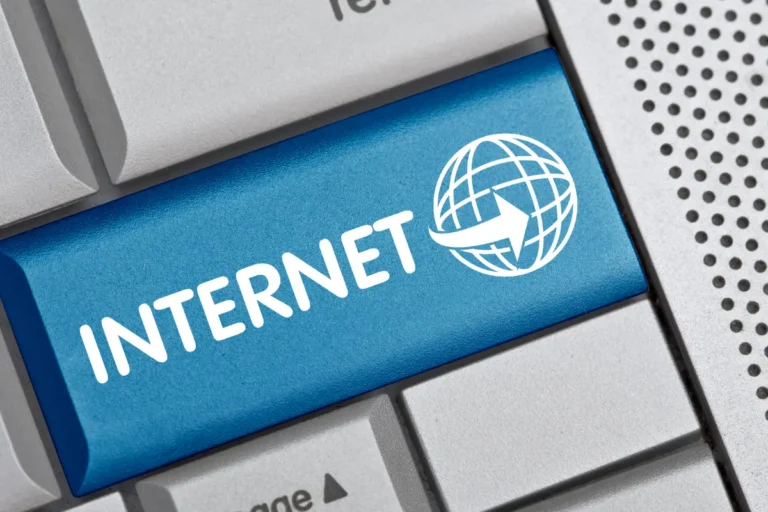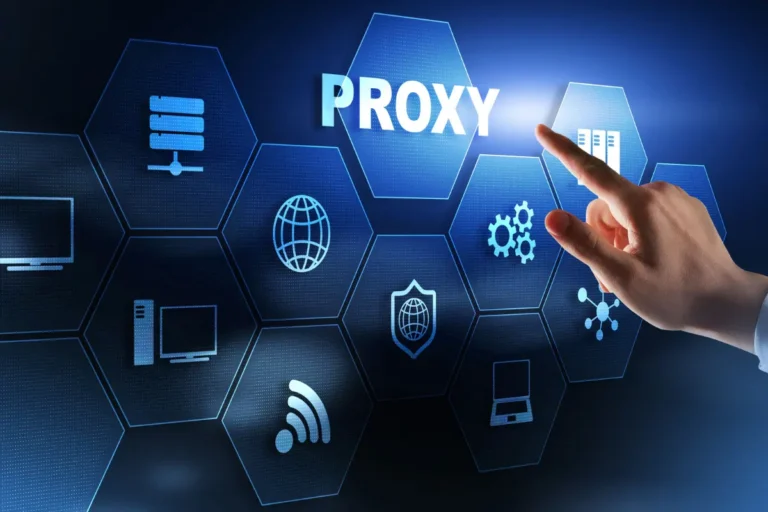The Inconvenient Truth About New Laptops: A Summary of the Landscape in 2024
Indeed, the laptop market has taken some impressive strides in the past few years to give consumers choices in higher-performance laptops from various brands and chipmakers. Below, we analyze the high-end elements of today’s laptops, where modern chips from Apple, AMD, Intel, and Qualcomm provide power with an efficiency that translates well to design benefits, alongside challenges budget-conscious buyers have. Next, we talk about the pros and cons of current laptops along with price determinants for purchasing these devices.
Unprecedented Power in New Laptop Chips
Diverse Chip Options:
- Consumers now have four distinct chip choices in high-end laptops, each offering robust performance:
- Apple Silicon: Known for energy efficiency and integration.
- AMD HX 300 Series: Recognized for handling power-demanding applications.
- Qualcomm Snapdragon: A solid contender in ARM-based laptops.
- Intel Lunar Lake: Has finally become competitive, bridging performance with efficiency.
Energy Efficiency and Battery Life:
- Modern chips excel in energy efficiency, enhancing battery life significantly. This advantage aligns with typical laptop usage patterns, like browsing, typing, and light media consumption.
- Prolonged battery life means users charge their devices less frequently, which preserves battery health over time.
Cooling and Noise Reduction:
- The shift toward energy-efficient processors has resulted in cooler laptops that require fewer and quieter fans.
- Although MacBook Air models offer a fanless design, most Windows laptops still require fans, albeit quieter ones compared to past models.
Performance for Gaming and Graphics:
- Both Intel and AMD chips now feature integrated GPUs capable of delivering solid frame rates, even for gaming. Intel’s new GPUs particularly stand out, achieving impressive graphics performance without excessive power consumption.
- MacBooks, although efficient, are still less ideal for gaming due to limited game compatibility on macOS. Similarly, Qualcomm’s Snapdragon chips face game compatibility challenges, limiting gaming experiences on ARM-based devices.

The Changing Landscape of Upgradability
The trend toward thinner, more compact designs in laptops has led to some compromises in upgradability. Storage remains removable on most Windows laptops, but many now solder RAM in, so upgrades are much less likely. Fortunately, most new laptops come with a base of 16GB RAM is sufficient for most applications and a requirement for Microsoft’s Windows Copilot program. Still, entry-level MacBook Air models start with 8GB of RAM, which is hardly a factor for those interested in AI or coding.
The Competitive Display Quality
Newer laptops are displayed in terms of innovation as well since most Windows laptops feature amazing OLED panels with higher refresh rates, which is ideal for games and multimedia. The entry-level MacBook Airs still sport an IPS display. With the benefit of energy-efficient IPS screens, OLED panels hold their ground in deeper color depths and contrast, resulting in a much better user view of the high-quality screen needed.
Price vs. Performance: The Real Inconvenience for Budget Buyers
Despite all the improvements, price still remains a pretty steep barrier. Premium laptops today mostly start around $1,200 to $1,300. Of course, for anyone with deep pockets, that’s not the problem; instead, it is for any average consumer looking for laptops in the $600-$800 range.
Limited Budget Options:
- Older generation laptops, traditionally a go-to for budget buyers, are less appealing now due to a stark gap in performance and efficiency compared to the latest models.
- Budget-conscious buyers looking at laptops with 12th or 13th Gen Intel processors face considerable disadvantages, including worse battery life, higher temperatures, and reduced GPU capabilities.
The Surprising Value of the MacBook M1:
- An unexpected recommendation for budget shoppers has emerged: the Apple MacBook M1 (2020). Priced competitively in the used or refurbished markets, it offers solid battery life and performance, even three years after its release.
- While it might lack some modern features, the M1 MacBook’s longevity and efficiency make it a reasonable choice for buyers unable to afford new Windows laptops with recent chips.
Conclusion: An Evolving Market with New Trade-Offs
As laptops continue to evolve, buyers are gifted unparalleled performances and efficiency, but hardship accompanies them in the form of budget constraints. Although a high-end laptop produces very powerful and energy-efficient performances, mid-range laptops are rather less attractive with such rapid advancements in chip technology. For users looking for value, slightly outdated and efficient models like the MacBook M1 or waiting for a budget-friendly option in a high-performance era become more practical.







